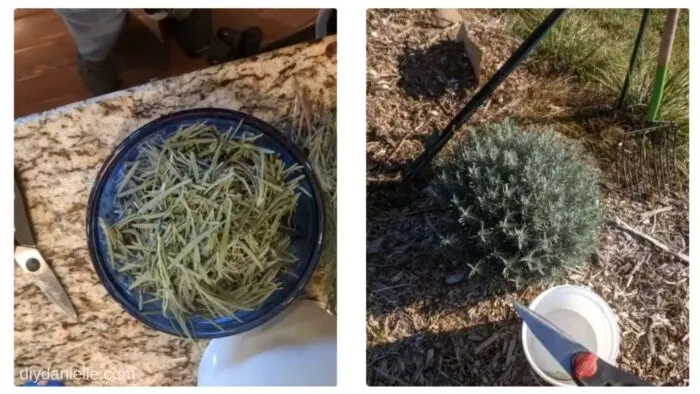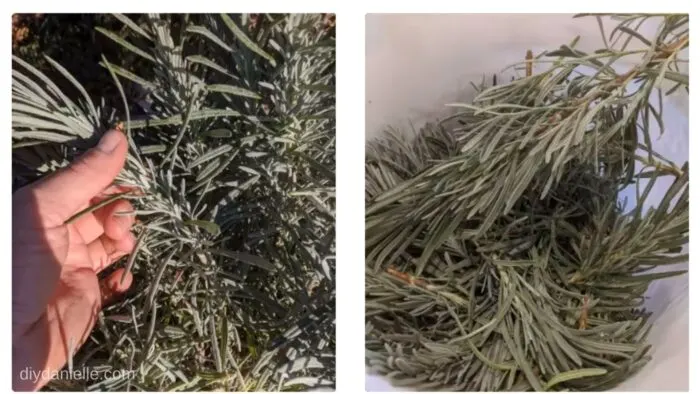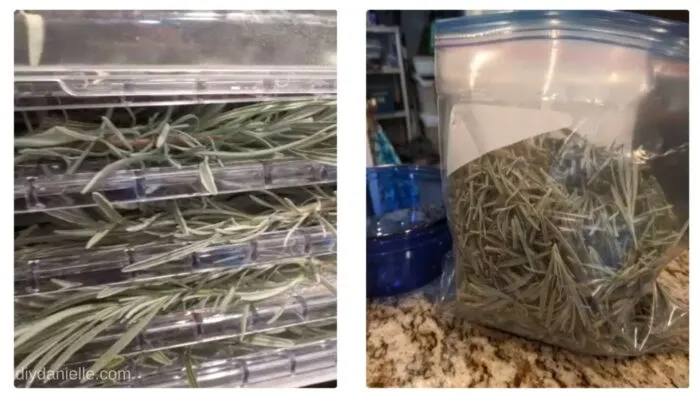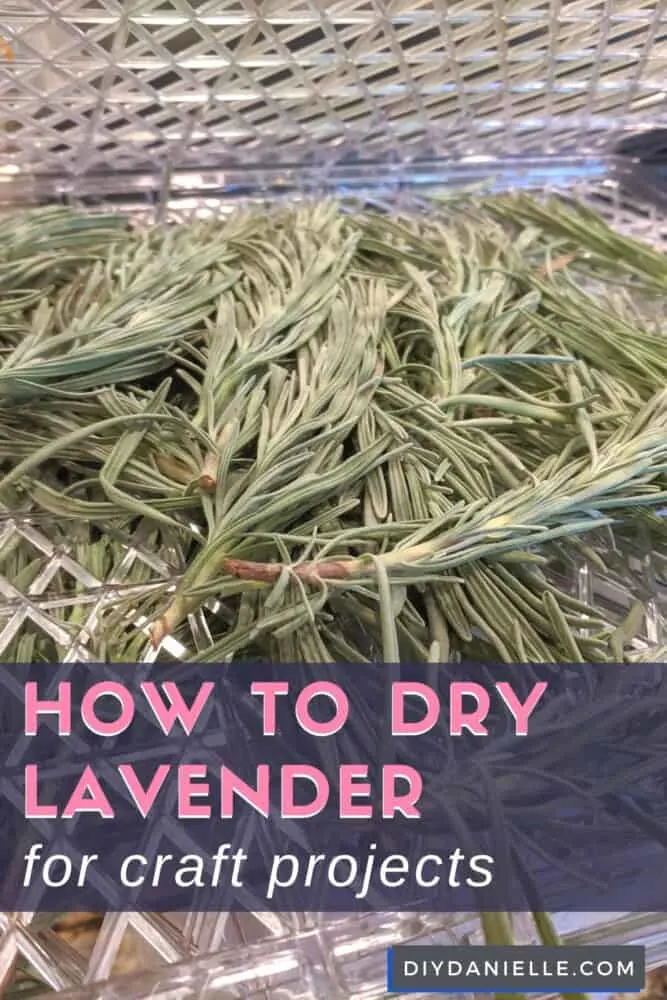Learn how to dry the lavender that you harvest from your garden. This is perfect for using in crafts such as scented sachets.
If your garden is filled with the sweet scent of lavender, it’s time to learn how to dry lavender straight from your garden and unlock this wonderful herb’s many benefits. Lavender has been used for centuries and was popular in ancient Rome. Roman uses for lavender included scenting baths, beds, clothes, and even hair. These days lavender is used as a herbal remedy and a popular oil fragrance for aromatherapy. It can be easily grown in your garden and will be ready to harvest around June. You’ll know it’s ready to be picked when one-quarter to one-half of the buds on the stem are in flower.
This post may contain affiliate links which may earn me commissions should you click through them and take certain actions. As an affiliate for Amazon, Cricut, xTool, Home Depot, and other sites, I earn from qualifying purchases. Please DIY carefully. View my full legal disclosures here.
Please read the whole post so you don’t miss any important information!
How to Dry Lavender
Ready to learn how to dry lavender at home? I’ve tried two different methods of drying lavender and both work well.
How to Dry Lavender with a Dehydrator
It probably doesn’t make sense to purchase a dehydrator exclusively for lavender. But if you already own a dehydrator, it is a great way to quickly and easy dry your lavender.
- Dehydrator
- Air tight container for storage
- Scissors or garden shears
- Harvest your lavender. I cut leaves off this plant. In this case, I’m not harvesting flowers.
2. Keep the leaves on the stems.

In the left picture, you can see there’s a part of stem further down that has a harder, woody appearance. That’s the area you want to avoid cutting.

3. Lay them out on your dehydrator trays. Set for 100 degrees Fahrenheit. Check after 2 hours to see if dry. Continue until there’s no more moisture.
4. Once dry, you can remove the leaves from the stems, if desired. Store in an air tight container, away from moisture, light or heat.

How to Hang Dry Lavender
If you don’t own a dehydrator, no problem! Hang drying lavender is a really a simple and easy-to-follow 3 step process.
1: Once you’ve got a generous handful of lavender from your garden, tie the bunch together at the stem using string, a rubber band, or a piece of garden twine. Make sure to not tie the lavender too tightly or you’ll restrict airflow, which is key to the drying process.
2: Find a space within your home or garage that is close to an open window or a back door. It’s important that the space you chose is away from direct sunlight and is preferably dark to prevent color discoloration. You’ll now need to hang the bunch of lavender upside down from the ceiling or attach a piece of string as a drying line for multiple bunches of lavender.
3: The drying process will depend on how big the bunch of lavender is, but it usually takes a couple of weeks up to a month. You’ll know when the lavender is dry if a stem breaks in half with a snap rather than a bend.
The Many Uses For Lavender
Apart from fragrancing bedding, clothing, and hair, lavender can also be used as a herbal tea to improve symptoms of anxiety, depression, and insomnia, as well as improve skin health. You can also learn how to dry lavender at home and make your own lavender-infused oil for massage, to treat insect bites, and to soothe dry skin conditions.
Learn how to store lavender in little bags to promote a restful night’s sleep, or pop into wardrobes and dressers to keep moths at bay. Uses for lavender also include cake decorating, wedding confetti and to enhance a bubble bath. With so many uses for lavender, let’s first learn how to dry lavender properly and store it at home.
List of Lavender Uses
- Display fresh or dried lavender in vases
- Lavender essential oil
- Lavender massage oil
- Biodegradable confetti
- Lavender sachets for drawers
- Addition to bubble bath
- Cake decorating
- Floor deodorizer and other cleaning products
- Potpourri ingredient
- Moth or insect repellent
Did anyone watch the first season of James Herriot’s All Creatures Great and Small? I loved seeing all of the herbs hanging in their kitchen.
Storing Dried Lavender
After a couple of weeks, you’ll be ready to learn how to store lavender at home and unlock the many uses for lavender. An easy way to keep lavender buds clean, dry and ready to use whenever you need them is by investing in clip-top jars and airtight containers. You can then collect as much lavender as you need and minimize waste this way. Keep your lavender jars away from light, heat, and humidity to prevent mold and rot.
Top tip: If you don’t have airtight containers, zip lock bags or freezer bags will also work well!
Projects with Dried Lavender
- Lavender Sachets (for keeping clothes in drawers smelling fresh)
- Lavender Soap (using lavender essential oil)
Please share and pin this post! If you make this project, share it in our Stuff Mama Makes Facebook Group. We have regular giveaways for gift cards to craft stores. You can also tag me on Instagram @doityourselfdanielle; I love seeing everything you make!

